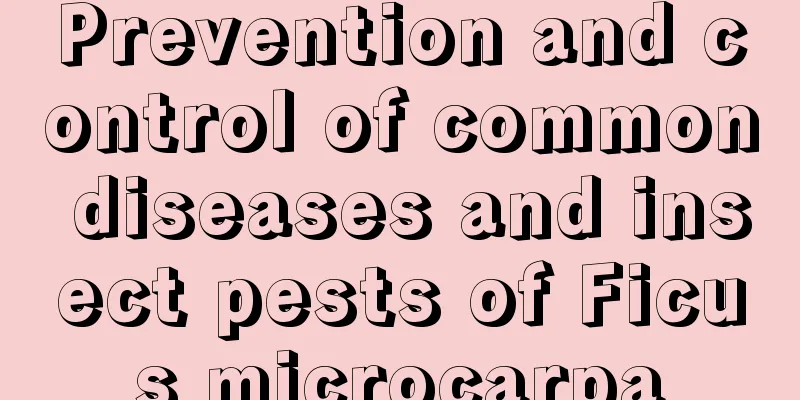Can a Chinese rose be grafted onto a pepper tree?

|
1. Is it possible? Zanthoxylum bungeanum trees cannot be grafted onto roses because Zanthoxylum bungeanum and roses belong to different families and genera, and they cannot be used as rootstocks or grafted. Generally speaking, roses, wild roses, large-flowered roses and some varieties of roses can be used as rootstocks for roses. 2. Grafting method When grafting roses, choose leaf buds that are growing strong and full, remove about one centimeter of them, cut the bark at the same position on the rootstock, and go deep into the wood. Use a thin breathable plastic bag to tie the leaf buds and rootstock together. Do not tie them too tightly or too loosely. If the tying is too loose, the buds and the rootstock will not be in contact and cannot heal. If the tying is too tight, the buds may be squeezed and injured, affecting the survival rate. 3. Purpose of Grafting The grafted rose can be fuller, more upright, and its original shape can be changed. After grafting, flowers of different colors can bloom on the same plant, improving the ornamental value of the rose. |
<<: Cultivation methods and precautions of azalea
Recommend
What is papaya? How many types of papaya are there?
1. Introduction to Papaya Papaya is a small tree ...
How to reproduce small lilies
Seed propagation The propagation of lilies is mos...
How to dry wolfberries and how to store them without getting damp
1. How to dry 1. Ordinary drying: Steam the fresh...
How to divide the pot of copper coin grass
1. How to classify soil culture 1. Preparation: P...
How to grow moss
Moss growth conditions Moss cannot grow in places...
Diseases and Pests of Butterbur and Their Control
Brown spot disease of Butterbur and its control S...
Tips for high yield of loofah
The loofah originated in tropical regions and pre...
How to plant baby's breath seeds
Gypsophila seeds planting time When sowing baby&#...
How to keep the dry branches of snow willow and how long can they live (how long does it take for the dry branches of snow willow to bloom in water culture)
Introduction to Dry Branch Snow Willow Dry-branch...
The meaning and legend of magnolia
legend The legend of magnolia has the colors of t...
What season is suitable for planting succulents? What month is the best for planting?
Succulent plants are usually planted in spring an...
If you grow one of these 8 kinds of flowers, it will create a waterfall and you won’t even need to buy curtains!
Purple Moon Among succulents, the Purple Moonflow...
Can Nepenthes be hydroponically cultivated? Hydroponics methods and precautions
Can pitcher plants be grown hydroponically? Nepen...
Where does Gorgon fruit grow? Where does it grow?
Growth habit of Gorgon fruit Gorgon fruit is an a...
Are blueberries shade-loving or sun-loving plants?
Do blueberries prefer shade or sun? Blueberry is ...









